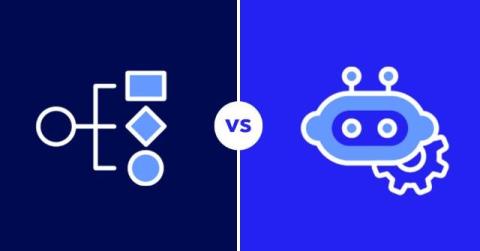Enterprise Operational Intelligence Tips for IT Leaders
IT organizations serve the business. Their mission is to help optimize business operations to enhance performance across the enterprise and enable the organization to meet mission-critical goals. With the rapid pace of change, it’s critical to make smarter, faster decisions around business processes to generate a tangible, measurable impact.













